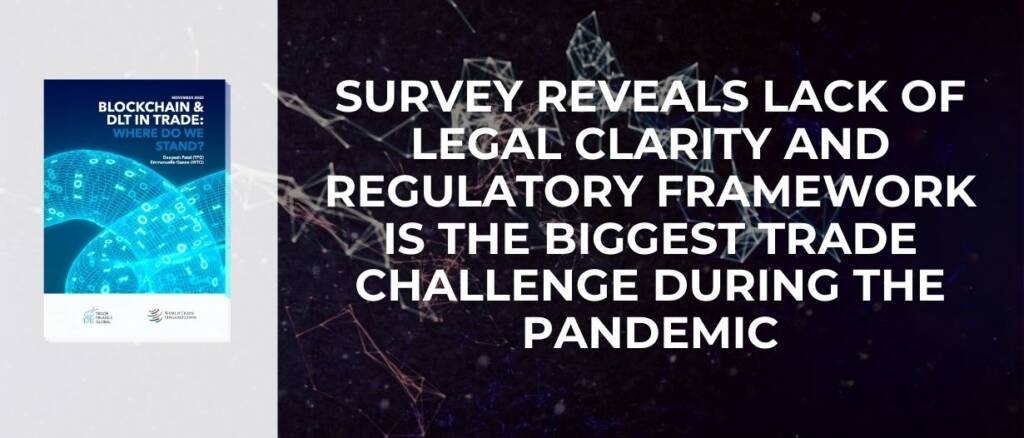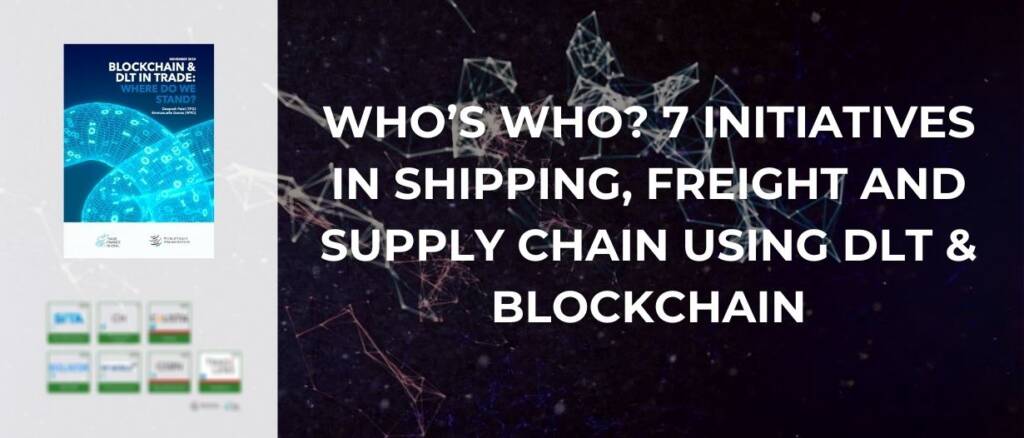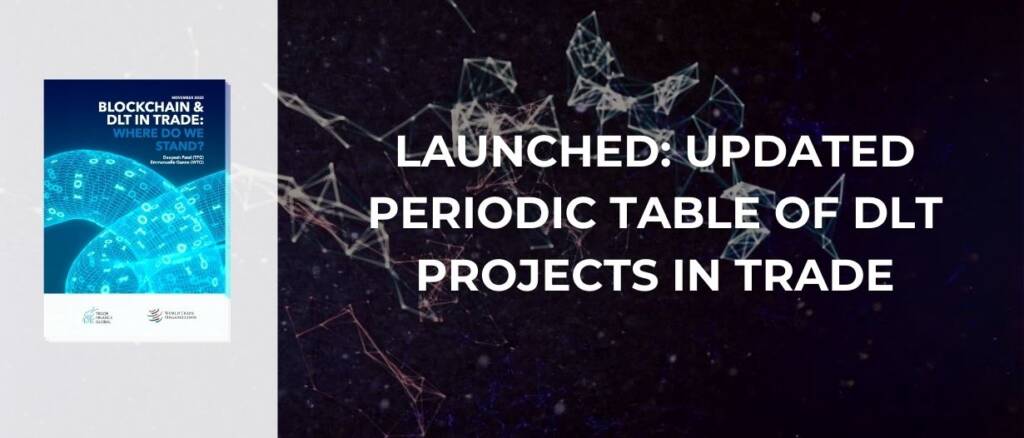Hong Kong, China. Trade Finance Global (TFG) and World Trade Organization (WTO) have today launched their updated Periodic Table of DLT Projects in Trade, at the Hong Kong Fintech Festival.
A recent 2020 study and supplementary Covid-19 survey by TFG and WTO reveals the biggest challenges facing DLT trade-related firms when it comes to implementation of their solutions within corporates and banks.
Trade and trade finance remains siloed, age-old and complex. Many are using DLT and blockchain to progress towards their goals of a digitized industry. TFG & WTO recently published their periodic table of DLT projects in trade, and here are 9 marketplaces and other initiatives addressing various opportunities in truly digital trade.
Trade finance has been undergoing a digital revolution for decades. But the advancement of new technologies such as blockchain and distributed ledger technologies (DLT) have accelerated this. A recent 2020 study by TFG and WTO shows 12 initiatives using DLT in trade finance (both open account and documentary trade).
The age old problem of document digitization in trade has probably been around since goods were traded using stone tablets in the Mesopotamian era. So who’s making a dent using blockchain / distributed ledger technology? From the updated WTO / TFG periodic table of projects in trade, we reveal 12 projects tackling this head on.
Freight forwarding, shipping and logistics are undergoing a digital makeover. Connecting the dots, enabling traceability and increasing transparency between parties is a win-win for all actors within global trade. So who’s doing what? As part of TFG & WTOs 2020 Blockchain for Trade study, 7 initiatives in this supply chain space have been mapped.
Like iOS and Android, there are numerous different Distributed Ledger Technologies (DLTs), which are being used to digitise various areas of trade, trade finance and supply chains. Here we explore Corda, Hyperledger Fabric and Quorum – and yes, despite sounding like intergalactic starships, believe it or not, they’re disrupting trade finance right now.
A crucial step towards end-to-end trade digitalization is creating an ecosystem that allows for seamless exchanges of data between existing platforms. A recent study from the WTO and TFG highlights 19 initiatives and the recent developments which are working towards digital standards for trade.
Distributed Ledger Technology (DLT), colloquially termed ‘blockchain’ has been touted to disrupt trade and supply chain, as well it’s financing, for over 5 years. Following on from TFG, WTO and ICC’s ‘Periodic Table’ enlisting 39 projects in global trade utilising DLT, we’ve relaunched our table, indicating that the industry has considerably matured and evolved in less than 12 months.
Prime Minister Boris Johnson has announced a second national lockdown for England as the country looks to bring down the rate of coronavirus infections.
























